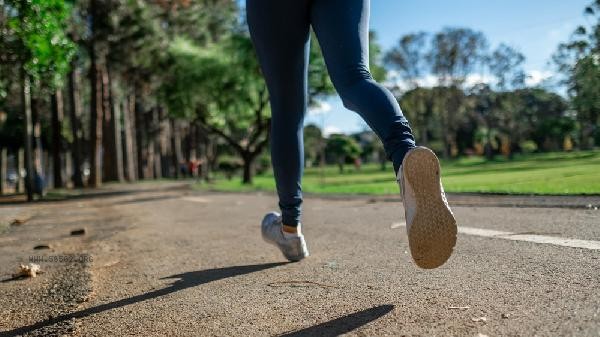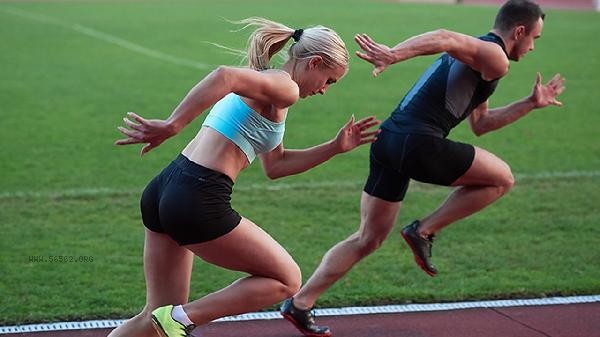Breast shaking and pain during running may be related to factors such as excessive exercise intensity, insufficient support from underwear, breast hyperplasia, mastitis, and chest muscle strain. It is recommended to adjust the exercise mode in a timely manner and choose appropriate underwear. If the pain persists, seek medical attention to investigate pathological factors.

1. Excessive exercise intensity
Suddenly increasing running speed or duration can cause repeated vibrations in the soft tissues of the chest, pulling the Cooper ligament and causing pain. Especially for people with a larger body weight or larger breast volume, they are more likely to experience discomfort due to inertial impact. The intensity of exercise should be gradually increased, and in the initial stage, low impact exercises such as brisk walking or elliptical machines can be attempted for transition.
2. Insufficient bra support
Regular bras cannot provide sufficient horizontal and vertical fixation during running, resulting in significant pulling pain when breast displacement exceeds 3 centimeters. Professional sports bras can reduce breast movement by 78% through compression design, wide shoulder straps, and anti slip bottom circumference. When choosing, be sure to fully wrap the cup and ensure that the shoulder straps do not slide.
3. Breast hyperplasia
Hormonal fluctuations leading to breast tissue edema can exacerbate swelling and pain during exercise, with symptoms particularly evident in the week before menstruation. Palpation can reveal granular nodules in the upper outer quadrant of the breast, accompanied by periodic stabbing pain. It is suggested to avoid high intensity exercise in premenstrual period and use traditional Chinese patent medicines and simple preparations such as Rupixiao Tablet and Xiaoyao Pill when necessary.

4. Mastitis
Local redness, swelling, heat and pain during running in lactating women may be caused by secondary infection due to blocked mammary ducts, commonly caused by Staphylococcus aureus. Immediately stop exercising and apply cold compress. If accompanied by fever, seek medical treatment with antibiotics such as cefaclor and penicillin. Avoid severe chest tremors until fully recovered.
5. Chest muscle strain
Running with excessive swinging of arms may cause slight tearing of the pectoralis major or serratus anterior muscles, with pain mostly concentrated near the folds under the breast, aggravated by deep breathing or compression. During the acute phase, RICE treatment should be performed, and during the recovery phase, chest muscle eccentric training can be performed using elastic bands to enhance muscle endurance.

It is recommended to choose a cross harness sports bra for daily use, stretch the chest muscles before exercise, and keep your body slightly forward while running to reduce chest sway. If the pain persists for more than two weeks after adjusting sports equipment and methods, or if abnormal symptoms such as nipple discharge and skin indentation occur, it is necessary to promptly go to the breast surgery department for ultrasound examination and hormone level testing. Overweight individuals can combine swimming and other water activities to reduce chest load. breastfeeding women should empty their milk before exercising and control the duration of a single exercise session to no more than 30 minutes.






Comments (0)
Leave a Comment
No comments yet
Be the first to share your thoughts!